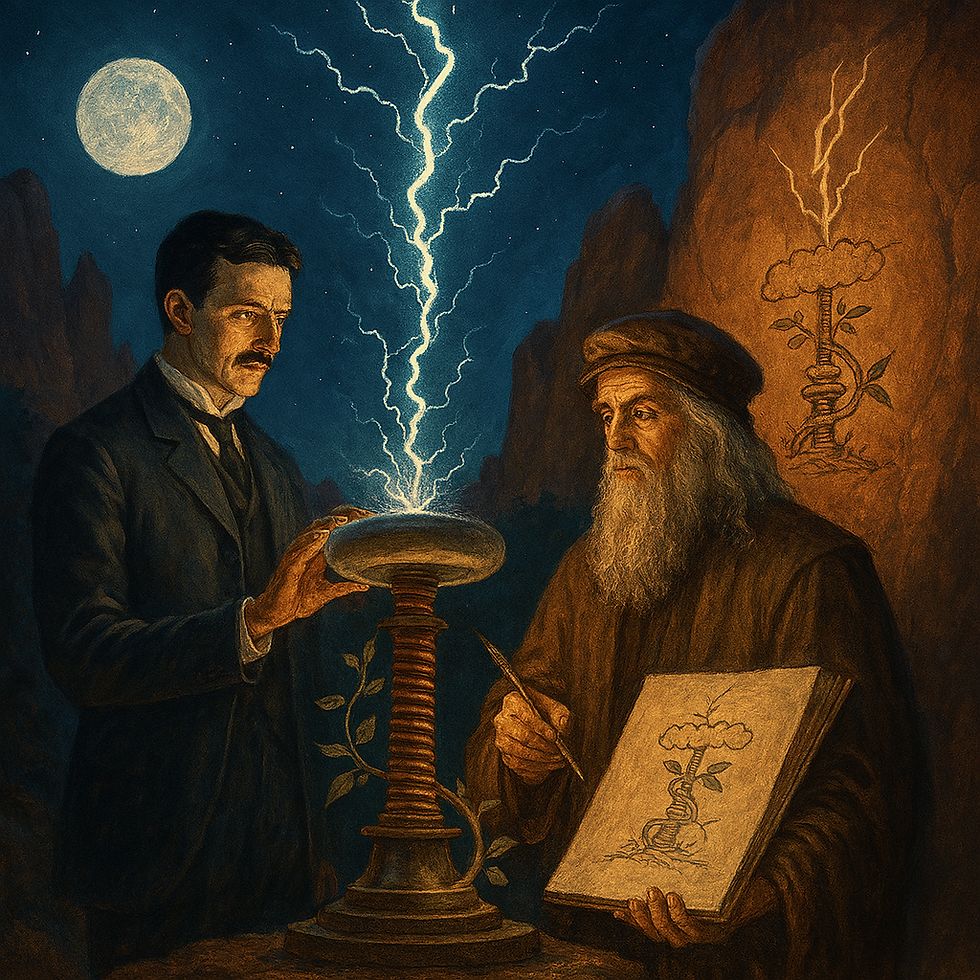Exploring the Creative AI Manifest Destiny and Its Implications for the Future
- Franco Arteseros
- Aug 27
- 3 min read

The rise of artificial intelligence (AI) has sparked a creative revolution that reshapes our understanding of art and innovation. Just as the Industrial Revolution transformed labor, this new era is redefining how creativity is expressed and experienced. The concept of "Creative AI Manifest Destiny" captures the potential and responsibilities surrounding AI advancements. In this post, we will explore how AI enhances creativity, the ethical considerations it raises, and the changing landscape of creative industries.
The Rise of Creative AI
Creative AI is transforming how we create and experience art. This technology uses machine learning and neural networks to craft music, write stories, or create visual arts that can rival human effort. For instance, AI-generated music tracks are now part of playlists on major streaming platforms. A notable example is "Daddy's Car," a song composed by an AI system trained on the Beatles' music. It showcases AI's capability to generate melodies that listeners find surprisingly appealing.
AI is not just mimicking human creativity; it is collaborating with artists and creators. Musicians are using tools like OpenAI’s MuseNet to blend genres or explore new musical styles. Writers leverage AI writing assistants to brainstorm ideas, streamline drafting, and perfect their work. In 2021, researchers found that 65% of creators felt more inspired when using AI tools, showing how this technology democratizes creative expression.

The Implications of AI in Creative Fields

The introduction of AI into creative sectors offers new opportunities, but it also raises critical challenges. AI tools can boost productivity, freeing creators to focus on high-level ideas while automating tedious tasks. For example, graphic designers can use AI to generate design recommendations in minutes, rather than spending hours developing concepts from scratch.
However, this shift brings up important questions about authorship and originality. As AI-generated content becomes common, the lines between human and machine-generated art become blurred. A famous example is the portrait "Edmond de Belamy," which sold for $432,500 at auction—though it was created by an AI algorithm trained on historical portraits. This sale sparks discussions about the nature of creativity: Who deserves recognition for art that blends human input and machine-generated outputs?
Ethical Considerations in Creative AI

With the rise of Creative AI, ethical questions become crucial. Issues like copyright and ownership need careful thought. For instance, if an AI creates a blockbuster hit song, determining ownership rights can be complex. Should the programmer, the user, or even the AI be credited?
Additionally, the data that trains AI can harbor biases, potentially leading to works that reinforce societal stereotypes instead of challenging them. A 2020 study found that 70% of AI-generated artworks reflected existing societal biases. This is why it is vital for creators and technologists to collaborate in ensuring that AI promotes diversity and inclusion in the creative world.

The Future of Creative Industries
Looking forward, the collaboration between humans and AI will continue to reshape creative industries. We can anticipate new artistic forms that blend traditional crafts with AI capabilities. For example, AI might help create immersive experiences combining virtual reality with interactive art, pushing the boundaries of how we engage with creativity.

Educational institutions must prepare for these changes by integrating AI literacy into their programs. By doing so, they can equip future artists with the tools to harness AI responsibly and creatively. In 2022, schools that included AI in their art programs reported a 40% increase in student engagement, highlighting the value of this approach.
Embracing the New Creative Frontier
The Creative AI Manifest Destiny signals a seismic shift in our approach to creativity. While AI presents exciting opportunities for collaboration, it also brings significant ethical challenges that must be thoughtfully addressed. As we explore this new landscape, it is essential for creators, technologists, and society to engage in meaningful discussions about the implications of AI.
By embracing this dialogue, we can harness the power of Creative AI to inspire, challenge, and broaden our understanding of creativity well into the 21st century.

Franco Arteseros....








Comments